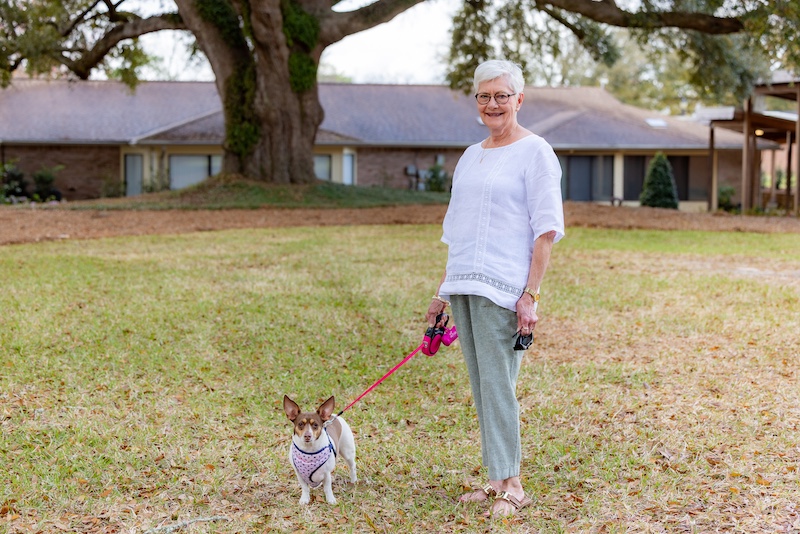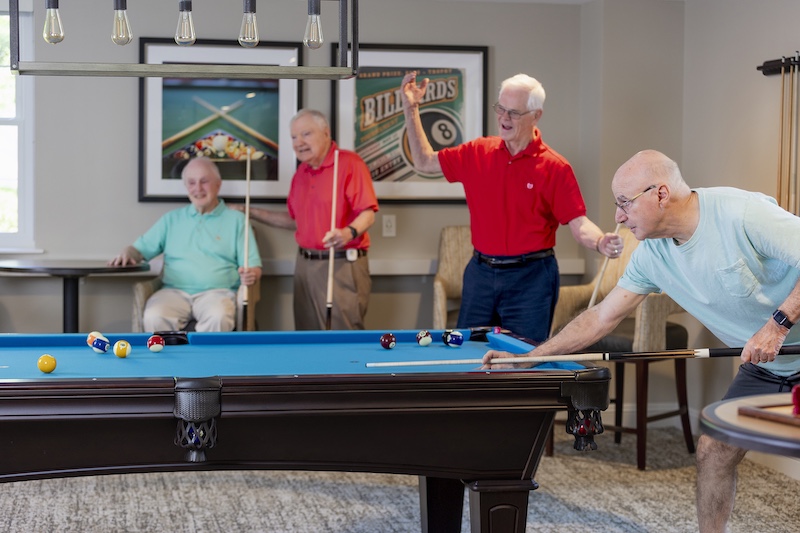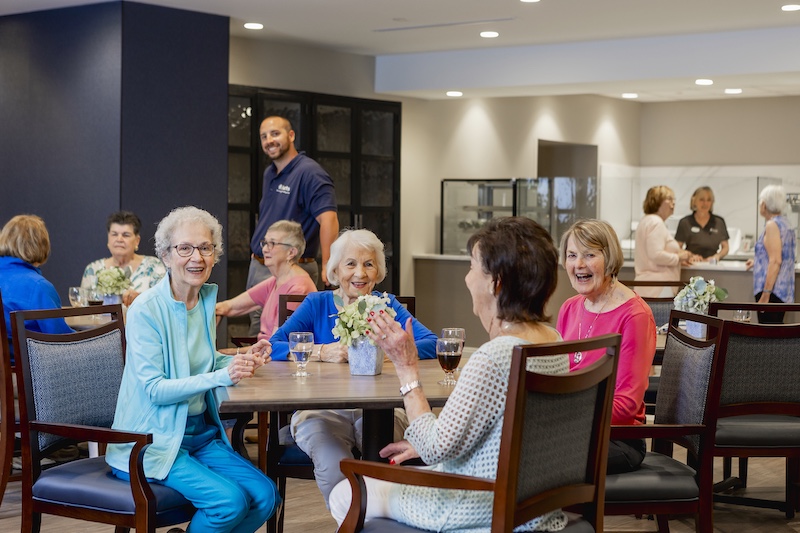Senior Living Expert Brad Breeding’s Tips on Navigating Retirement
The sheer size of the baby boomer generation is making thoughtful planning for later life more urgent than ever, especially with the rising demand for healthcare and long-term care services. With today’s volatile markets and growing economic uncertainty, you can’t afford the wait-and-see approach to retirement. You must have a plan.
“People want to know: What is the cost structure? What are the risks? What happens if my health changes, or if I outlive my savings?” said Brad Breeding, founder of myLifeSite, an online resource designed to financially navigate senior living options.
Brad Breeding, who worked as a personal financial advisor before leading myLifeSite, emphasized the importance of planning ahead to have a wide range of options, instead of leaving it to chance after an urgent health scare that often comes out of nowhere.
“Ultimately, it’s about empowering people. Helping them feel informed, confident, and in control as they step into the next chapter of their life,” Breeding said.
In today’s unpredictable economic climate, any financial advisers agree continuing care retirement communities (CCRC) can be a safer and more stable retirement choice.

Predictable Health Care Costs
One of the biggest advantages of a CCRC is that it provides guaranteed access to higher levels of care—like assisted living, skilled nursing, and memory care—at little to no increase in monthly fees. Your coverage depends on the contract type.
“You’ve got Type A, Type B, Type C, and rental models. Each comes with different levels of healthcare coverage, monthly fees, and entrance fee structures,” Breeding said.
- Type A (often called Life Care contract): offers predictable health care costs and the highest level of financial protection which usually requires a higher entrance fee upfront. In return, you would receive guaranteed, unlimited access to on-site care in the future—such as assisted living, skilled nursing, or memory care—at a predictable monthly rate.
- Type B (also known as a Modified Plan): a lower entrance fee than Type A, which means access to higher levels of care are not fully included. If you need higher levels of care, you may receive a certain number of free days or a discounted rate but expect to pay full market price after that period ends. This option provides some protection against rising health care costs – but not as much as Type A.
- Type C (also known as Fee-for-Service): More affordable upfront but operates on a pay-as-you-go basis for care. This means lower entrance fees and monthly fees, but full market rates if you or your spouse’s health needs change. There is no built-in cost protection. Residents may still have access to the community’s health service but at market rates – which could add thousands of dollars per month. Monthly fees will also increase significantly when care needs increase.
- Rental models: Unlike traditional CCRC contracts (Type A, B, or C), a rental model requires no or minimal entrance fee and involves a month-to-month lease agreement. The arrangement gives residents access to various levels of care, but care is paid for separately, typically at market rates. This option also does not provide any protection against rising health care costs.
“There is value in predictable healthcare costs,” Breeding said. “Other options may seem less expensive upfront but can end up costing more in the long run if health needs arise.”
In these times of economic uncertainty, having a plan in place is more important than ever.

Value in Lifestyle Benefits
The benefits of a CCRC go far beyond the practical aspects of housing and health care. One of the most compelling advantages is the opportunity to embrace a simpler, more carefree lifestyle. Residents settle into beautifully designed apartments, cottages, or villas where they can live independently—often for longer—thanks to proactive well-being programs that support a healthy, active life.
“Think of it as insurance with lifestyle benefits,” said Breeding. “Moving to a CCRC is a lifestyle decision with many wellness and social benefits.”
These communities are designed to support vibrant, engaged, and connected living, which can have a powerful impact on overall well-being.

Loneliness and isolation can be major issues as we age—but not in a CCRC. That’s because you are surrounded by others at a similar stage in life. Residents enjoy the built-in support network and new opportunities to create lasting friendships. There is also a wide variety of activities and enrichment opportunities, group fitness, educational lectures, and entertainment. There’s always something happening—and something new to try.
Residents also rave about maintenance-free living, meaning no home repairs, yard work, or shoveling snow! This allows for more time and energy to do what you love—whether it’s traveling, volunteering, or pursuing hobbies. Even before you may need any health services, the peace of mind that help is nearby frees residents to enjoy life more fully in the present.
Best Gift to Your Children
Moving to a CCRC also provides invaluable comfort and security to residents’ family members.
“Not being a burden to your children, the monetary cost, as well as the physical and emotional cost. There is value to peace of mind," Breeding said.
“Many people, particularly baby boomers, have experienced the challenges of taking care of their own family members,” Breeding added. “I'm sure that they were happy to do it, but they don't want that for their children. My own parents did not want that burden to fall on me, and I’m grateful for that.”

The Non-Profit Difference
Another concern with today’s rising health costs is budgeting to ensure you have enough money to live comfortably.
Non-profit CCRCs, like Acts Retirement-Life Communities, have benevolence funds or financial assistance programs to help residents who outlive their resources, through no fault of their own, ensuring they can remain in their home without worry.
These communities are guided by a mission to serve older adults rather than generating profit for shareholders. Decisions are made with residents' best interests in mind. Revenue is reinvested into services to enhance quality of life and wellness, amenities and campus improvements.

Taking the Leap
While the financial advantages of a Continuing Care Retirement Community (CCRC) are evident, the emotional attachment many people feel to their homes can be a major hurdle.
“People say, ‘If I’m in my own home, I’m independent.’ That mental connection is strong,” said Breeding. “But the reality is, many older adults who stay in their homes are actually relying heavily on family members or outside caregivers. That’s not true independence.”
Just like the economy, a health crisis can strike without warning. And without a plan, it’s easy to feel overwhelmed.
“At some point, staying in your home may no longer be practical or safe,” Breeding said. “Planning ahead—choosing a community that offers social connection, health care, financial security, and a sense of purpose—can make all the difference in maintaining your quality of life.”
